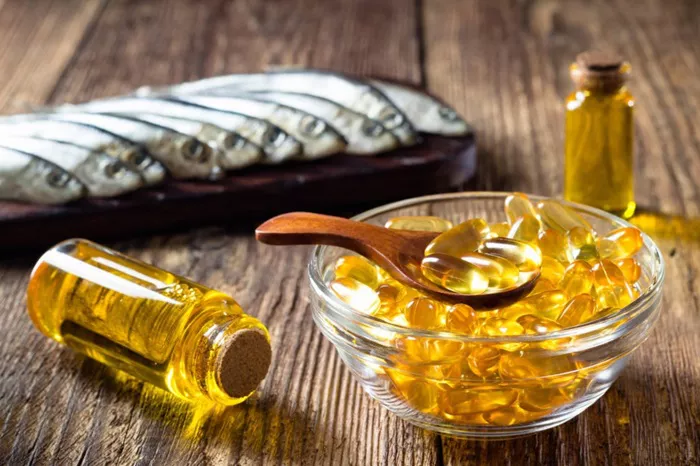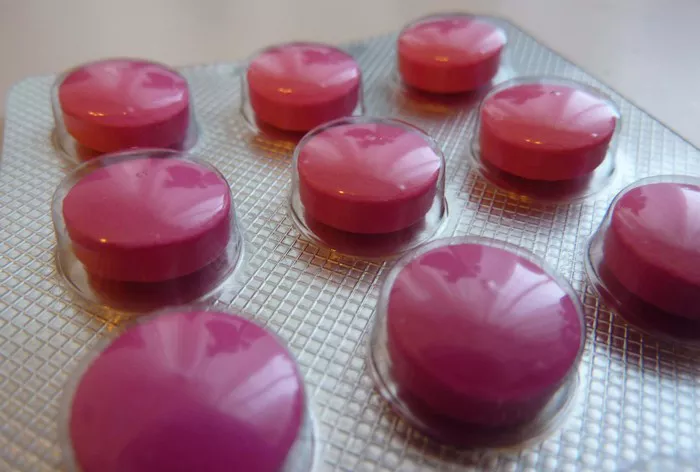As temperatures drop and winter sets in, many are seeking ways to combat the harsh effects of cold air on their skin. Dryness, irritation, and dullness often follow, but there’s a beauty trend that’s making waves this season: slugging. This Korean skincare practice, which involves applying a layer of petroleum jelly to the face, promises to lock in moisture and deliver glowing, hydrated skin. But is it the winter skin solution everyone’s talking about?
What is Slugging?
Slugging involves applying a thick layer of petroleum jelly—such as Vaseline, Aquaphor, or CeraVe—over your regular skincare products, especially overnight. It acts as an occlusive, meaning it forms a barrier on the skin to lock in moisture and help repair the skin’s natural barrier. Slugging became a viral sensation on TikTok last year, with over 500 million views under the hashtag #slugging. Users have reported plumper, more moisturized skin with a noticeable glow.
How Does Slugging Work?
The process of slugging involves a few key steps:
- Cleanse your face.
- Apply hydrating products, such as hyaluronic acid or glycerin, to add moisture.
- Layer on a moisturizer, like a lotion or cream, to seal in the hydration.
- Apply the occlusive layer, such as petroleum jelly, over the moisturizers to lock in moisture.
- Wait a few minutes before heading to bed.
While TikTok videos often show influencers applying large amounts of product, dermatologists suggest a more moderate approach, with a pea-sized amount being sufficient for most skin types.
Reported Benefits of Slugging
Petroleum jelly, the main ingredient in slugging, is made of oils and waxes that help seal moisture into the skin. Studies show that Vaseline, a popular brand of petroleum jelly, can repair the skin’s outermost layer and improve moisture retention. When combined with other hydrating ingredients like hyaluronic acid or glycerin, slugging can result in:
- Moisturized, glowing skin
- Healthier, more youthful-looking skin
- A repaired skin barrier
- Increased efficacy of other skincare products
- A reduction in the appearance of fine lines and wrinkles
What Do Experts Say About Slugging?
While slugging may seem like a trend, dermatologists are not surprised by its effectiveness. According to board-certified New York dermatologist Dr. Hadley King, occlusive products like petroleum jelly are well-known for their ability to retain moisture. “The trick is to apply it correctly,” says King. “Start with hydrating serums or moisturizers, and then add an occlusive layer like petroleum jelly as the last step.”
For those with dry skin, especially in harsh winter conditions, slugging can be particularly beneficial, as it helps prevent moisture loss. However, King advises caution when using occlusives with certain topical medications, as they can enhance their potency and potentially cause adverse effects.
Dr. Debra Jaliman, another board-certified New York dermatologist, notes that slugging may not be suitable for everyone. “If you have acne-prone skin, slugging may trap oils and clog pores, leading to breakouts,” she explains. “For non-acne-prone skin, products like Aquaphor and CeraVe healing ointment are safe options for slugging.”
Tips for Effective Slugging
Apply only at night: Slugging is most effective when done overnight. The petroleum jelly helps lock in moisture while you sleep, preventing your skin from drying out during the day.
Combine with a moisturizer: For best results, ensure your skin is already well-moisturized before applying petroleum jelly. Hydrating products like serums and lotions provide the moisture that slugging will then help to seal in.
Choose your products carefully: You don’t need to splurge on expensive products. While Vaseline is affordable and effective, dermatologists also recommend luxury moisturizers like Ghost Democracy Ceramide Cream, which contains ceramides and lipids to support the skin’s barrier.
Be consistent: To see noticeable results, it’s important to incorporate slugging into your nighttime skincare routine regularly for about four to six weeks. Instant results are unlikely, but consistent use will yield the best outcomes.
Winter is the ideal time: Cold, dry environments exacerbate skin dryness, making winter the perfect season to try slugging. It also provides extra protection against harsh weather conditions like windburn during outdoor activities.
Conclusion
Slugging has gained significant popularity as an effective winter skincare solution. Its ability to lock in moisture and promote a healthy skin barrier makes it a powerful tool, especially in dry conditions. However, it’s not for everyone, particularly those with acne-prone skin. As with any skincare trend, it’s important to approach slugging carefully and consult with a dermatologist if you’re unsure whether it’s right for you. For those with dry skin, though, slugging might just be the winter skin savior you’ve been looking for.
Related Topics



































